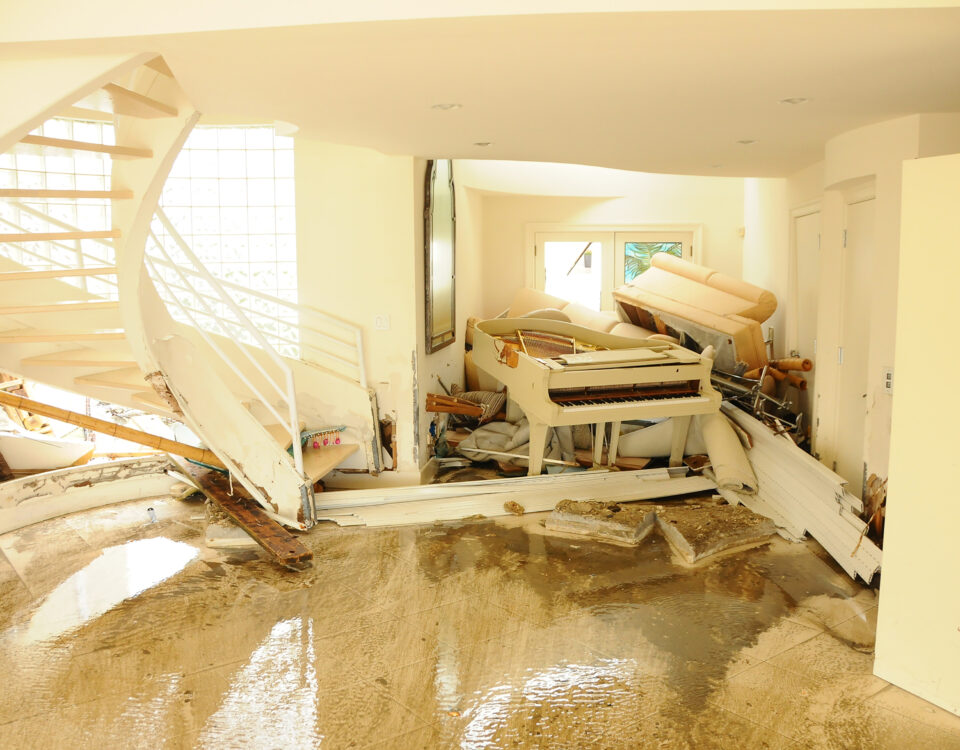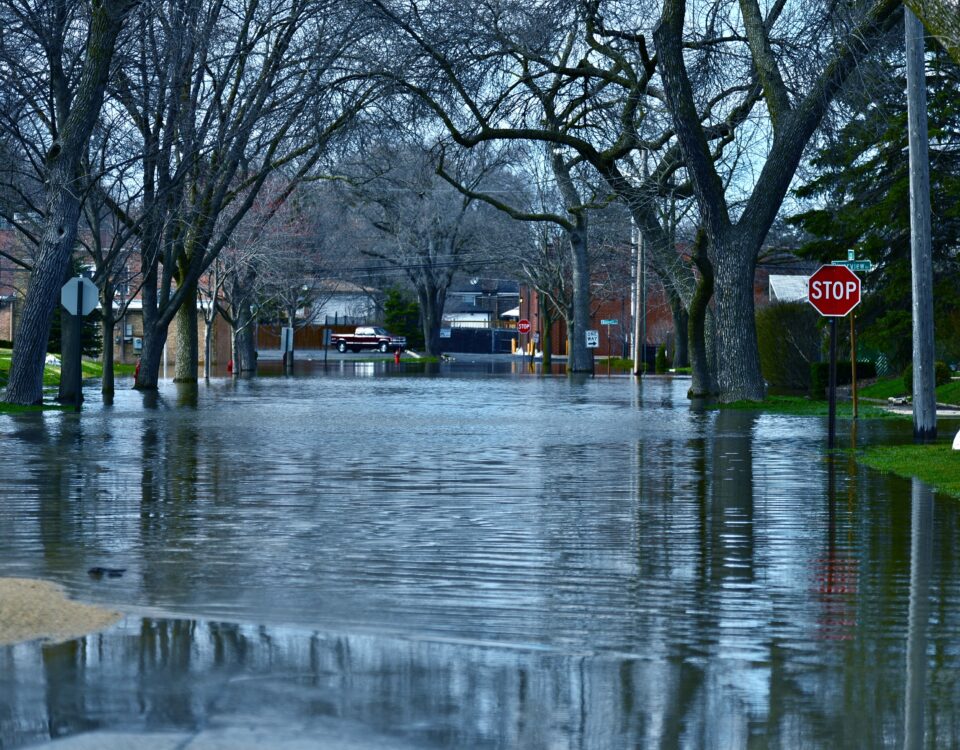What Happens When a Flood Strikes in the Middle of a Pandemic”
October 12, 2022The 2019 Midwestern Floods: The Insidious Damage of Inland Flooding”
October 12, 2022When Hurricane Florence made landfall on the Southern Atlantic coast on September 14, 2018, the impacts were devastating and widespread. The days-long deluge flooded thousands of homes, sunk highways, swamped hog farms, and eventually cost the Carolinas billions of dollars to rebuild.
All of this came just under two years after Hurricane Matthew, a storm of equal scale, battered the same region.
Now, the communities hardest hit by Florence are rebuilding and redefining flood plans to be better prepared for the next big one, as climate change continues to accelerate the frequency of “1,000-year” flooding events. Here’s what homeowners and policymakers across the country can learn from them.
The Flood Damage: From Homes to Hog Farms
Florence smashed records and brought destruction to communities all along the Carolina coasts and as far inland as Durham and Chapel Hill.
Here’s a look at Hurricane Florence’s damage, in numbers:
- More than 35 inches of rain accumulated in some areas.
- 10 trillion gallons of water flooded across the Carolinas.
- At least 50 people died.
- Thousands of homes flooded, totaling between $17-22 billion worth of damage, making Florence one of the costliest disasters on record.
- It was classified as a “1,000-year flood event,” given its .1% probability in any given year.
North Carolina faced unique environmental damage as well: waste from hog farm lagoons overflowed into nearby communities and floodwaters breached a toxic coal ash pond, posing major concerns for public health. Florence also flooded roadways so heavily that Wilmington became an island – and no one could travel to or from for a week.
The Carolinas were still recovering from Hurricane Matthew two years prior in 2016, which was also classified as a 1,000-year flood. The little breathing room between both catastrophic events compounded Hurricane Florence’s damage as many residents had only recently rebuilt or were still in the process of recovering, only for their homes to be flooded anew.
The Flood Risk: How Climate Change Intensified Florence
Days before Florence made landfall, a group of scientists made predictions based on several simulations. What did they predict? That climate change would make Florence worse. And it did.
The researchers revisited their calculations after the storm ended and found that climate change did indeed amplify the magnitude of Hurricane Florence in three ways:
- Rainfall. Warmer sea surface temperatures and available moisture in the atmosphere increased total rainfall amounts by 50 percent.
- Diameter. Florence was about 80 kilometers larger due to the effect of climate change in the surrounding environment.
- Duration. Florence was more intense for a longer portion of the forecast period due to lower surface pressure.
See articles of Flood Restoration
What Happens When a Flood Strikes
in the Middle of a Pandemic
The 2019 Midwestern Floods:
The Insidious Damage of Inland Flooding




